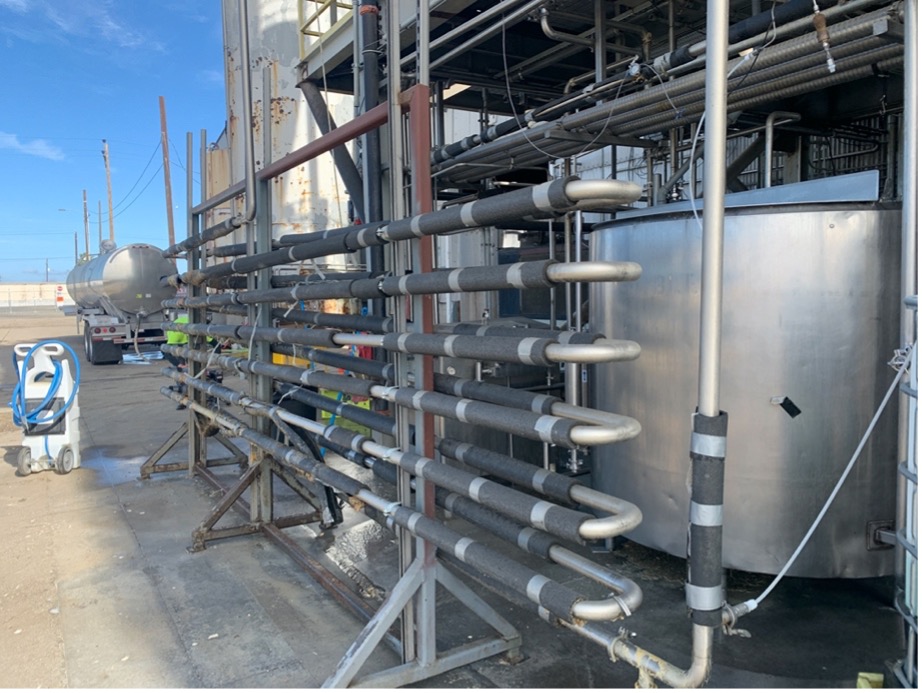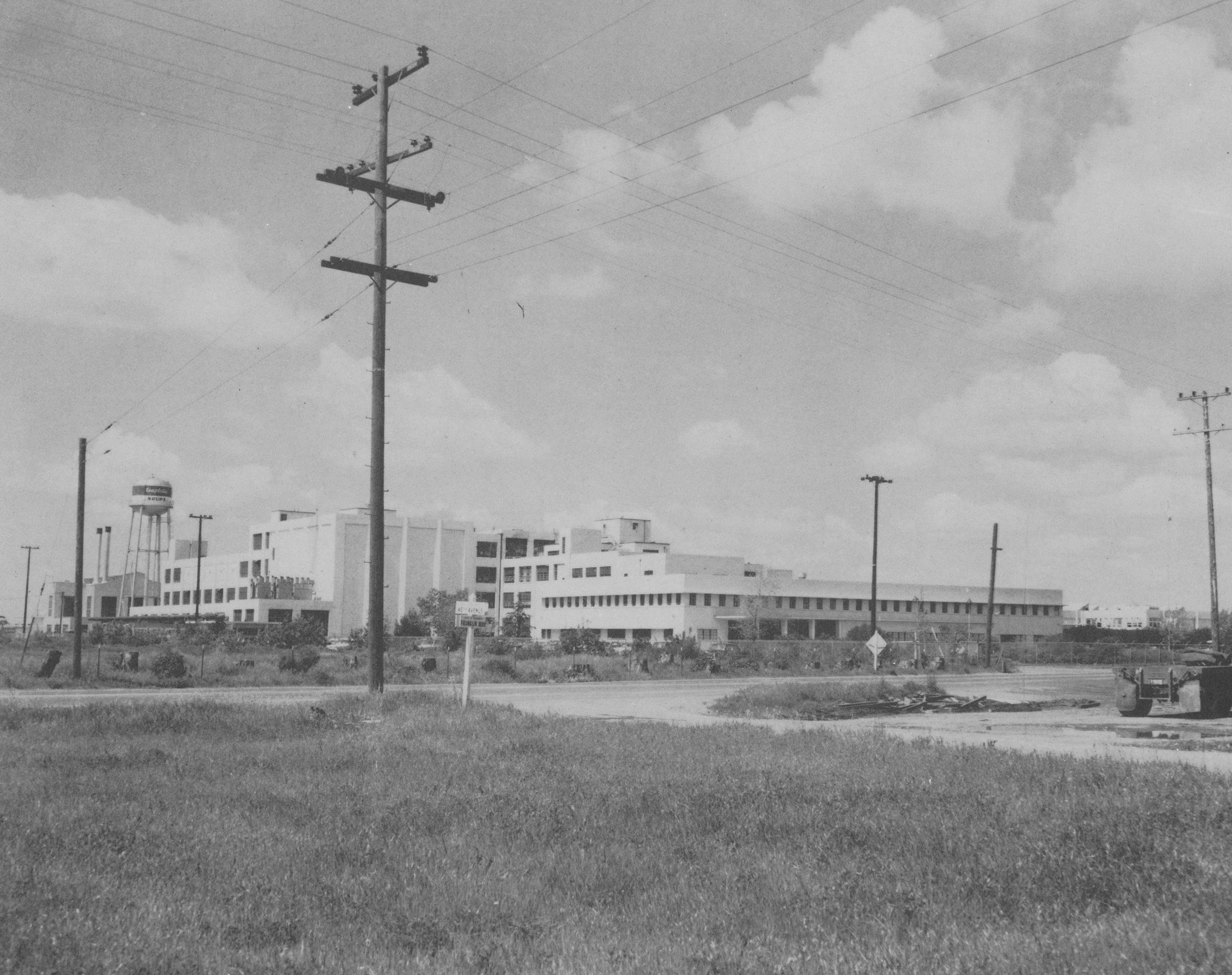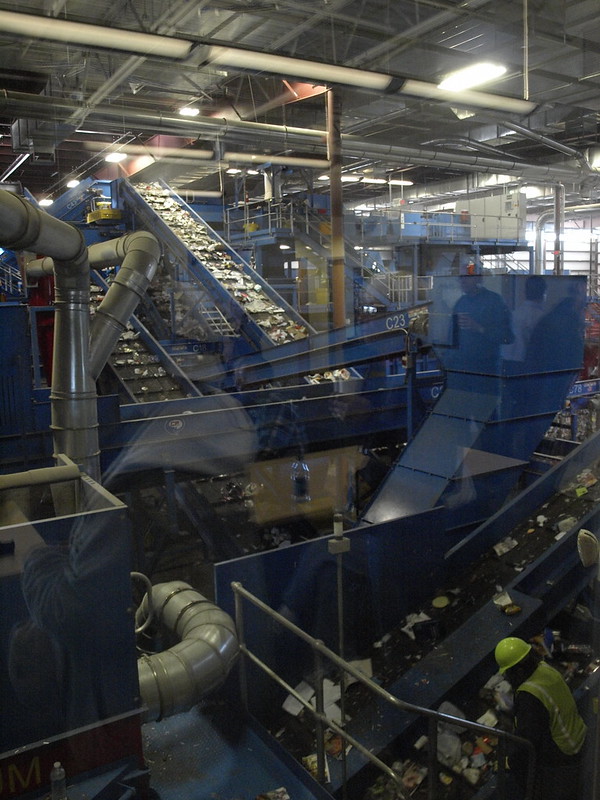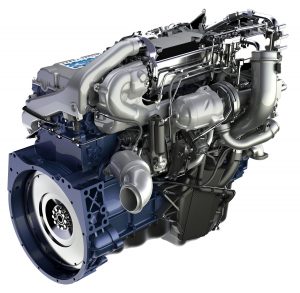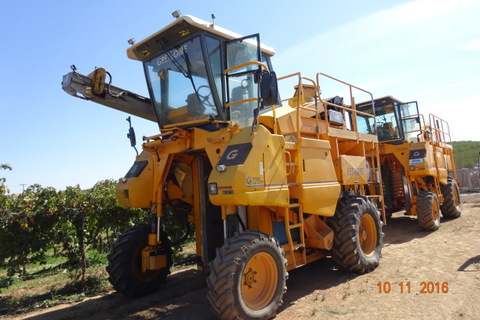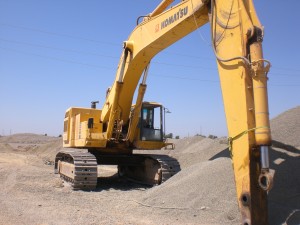 Construction equipment appraisals are a staple in our business, so I was interested to run across an article in the September issue of MonitorDaily reporting that values of used construction equipment have been on the rise for most of this year. This corresponds with what I’ve been noticing in values for construction equipment appraisals this year, from an excavator company in March, a crane rental company appraisal in May, a swimming pool construction business in June and, most recently, an Oakland commercial construction company in early August:
Construction equipment appraisals are a staple in our business, so I was interested to run across an article in the September issue of MonitorDaily reporting that values of used construction equipment have been on the rise for most of this year. This corresponds with what I’ve been noticing in values for construction equipment appraisals this year, from an excavator company in March, a crane rental company appraisal in May, a swimming pool construction business in June and, most recently, an Oakland commercial construction company in early August:
According to the August 2011 Rouse Construction Rental Report for the month ending July 31, 2011, the Rouse Value Index of Orderly Liquidation Values (OLV) for used equipment across the fourteen major rental equipment categories increased 1.3% from June values. For the six months ending July 31, 2011, average index values increased 10.4%.
Ten of the top fourteen category indices had one-month increases ranging from 0.2% for excavators to 4.7% for skid steer loaders. AWP-telescopic booms, rolling compaction equipment and warehouse forklifts recorded modest one-month value declines, while loader backhoe values fell (1.6%). For the six-month period from February to July 2011, all fourteen categories recorded increases ranging from 3.7% for generators to 23.4% for AWP-scissor lifts.
While contemplating the changing values in construction equipment appraisals, it’s interesting to remember back to when the most noticeable fluctuations in value began—when contractors struggled to sell off the unneeded equipment that’s in demand again now as the industry rebuilds.
We all remember the turn-of-the-century construction boom.
In November 2001, an optimistic report from the United States Bureau of Labor Statistics Employment Projections predicted that “Real output [from the construction industry] is projected to increase by 2.6 percent a year to reach $1.2 trillion by 2010. Even though this is slower than the growth rate for the overall economy, it represents a marginal acceleration of the 2.2-percent growth rate posted during the previous 1990–2000 period.”
When, instead, the construction industry began to falter, many contractors—especially those who had bulked-up their equipment inventory to handle anticipated growth—were trying to unload that equipment in an effort to keep their business afloat. The problem at that time was that there was no market for trucks, scissors lifts, cranes, loaders, forklifts, excavators, air compressors, backhoes or dozers. Everybody who needed construction equipment had it. Values, not unexpectedly, fell. More than a few of the construction equipment appraisers we did at that time were for bankruptcy filing decisions.
Values on construction equipment continued low for years due to the glut of used construction equipment in the practically non-existent US market.
But the market responds to supply and demand, right?
And although 2010 saw industry reports still using words like “sluggish,” “tough” and “dismal,” some analysts were predicting slow but steady growth in construction and by mid-summer, sure enough, values for used construction equipment had began to creep back up as contractors began to expand their inventory of trucks, scissors lifts, cranes, loaders, forklifts, excavators, air compressors, backhoes or dozers.
An entry in the United States Department of Labor’s Career Guide to Industries, 2010-11 looks ahead to the next decade of construction:
The number of wage and salary jobs in the construction industry is expected to grow 19 percent through the year 2018, compared with the 11 percent projected for all industries combined. Employment in this industry depends primarily on the level of new construction as well as renovation activity on older buildings, which is expected to increase modestly over the coming decade.
Lately, more and more of the construction equipment appraisals we’re submitting are for collateral lending or business combination situations. And the values are going up, marginally, which the experts say is a good sign not only for the construction industry, but the economy as a whole.
Jack Young
NorCal Valuation
